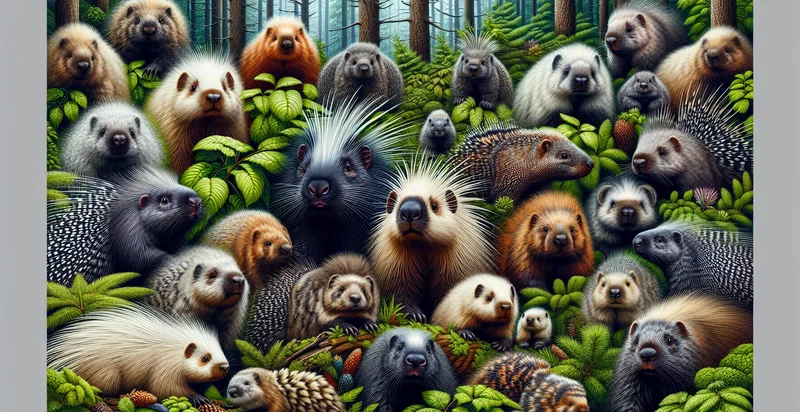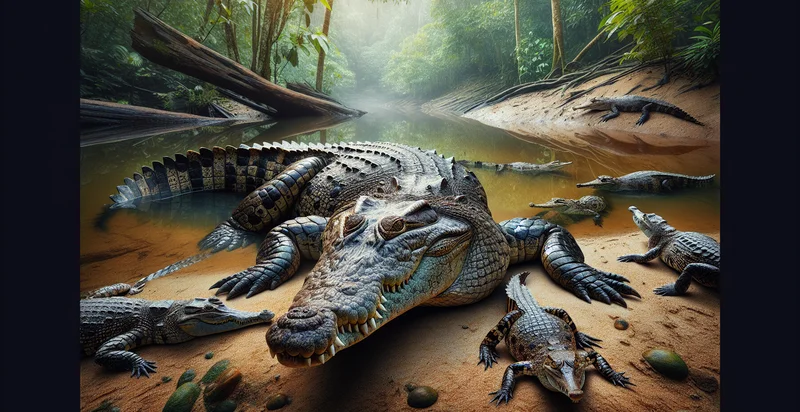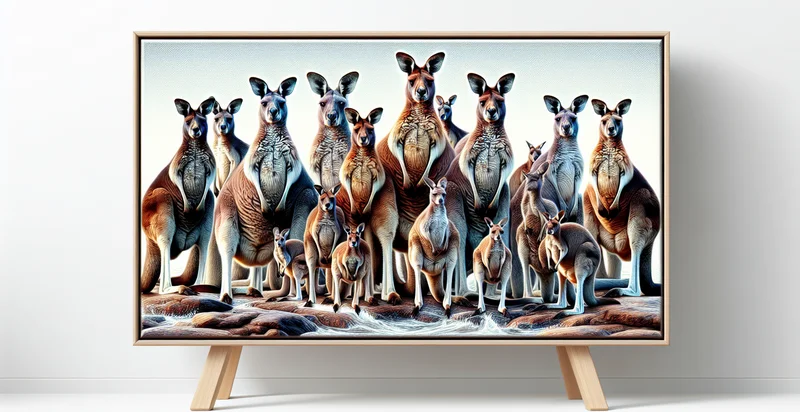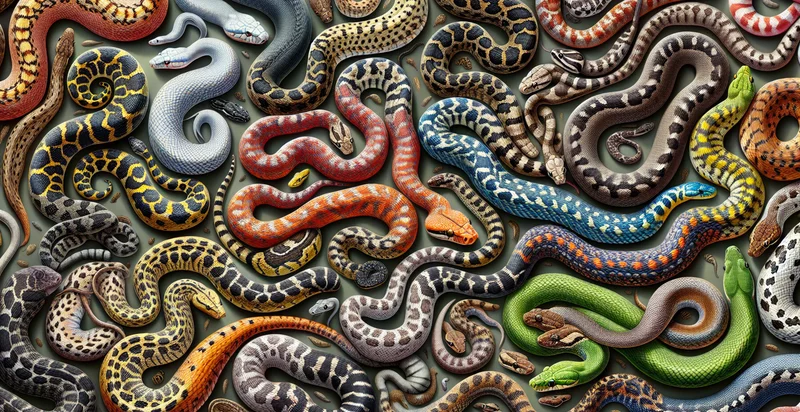Identify porcupine species
using AI
Below is a free classifier to identify porcupine species. Just upload your image, and our AI will predict which species of porcupine it is - in just seconds.

Contact us for API access
Or, use Nyckel to build highly-accurate custom classifiers in just minutes. No PhD required.
Get started
import nyckel
credentials = nyckel.Credentials("YOUR_CLIENT_ID", "YOUR_CLIENT_SECRET")
nyckel.invoke("porcupine-species-identifier", "your_image_url", credentials)
fetch('https://www.nyckel.com/v1/functions/porcupine-species-identifier/invoke', {
method: 'POST',
headers: {
'Authorization': 'Bearer ' + 'YOUR_BEARER_TOKEN',
'Content-Type': 'application/json',
},
body: JSON.stringify(
{"data": "your_image_url"}
)
})
.then(response => response.json())
.then(data => console.log(data));
curl -X POST \
-H "Content-Type: application/json" \
-H "Authorization: Bearer YOUR_BEARER_TOKEN" \
-d '{"data": "your_image_url"}' \
https://www.nyckel.com/v1/functions/porcupine-species-identifier/invoke
How this classifier works
To start, upload your image. Our AI tool will then predict which species of porcupine it is.
This pretrained image model uses a Nyckel-created dataset and has 17 labels, including North American Porcupine and Brazilian Porcupine.
We'll also show a confidence score (the higher the number, the more confident the AI model is around which species of porcupine it is).
Whether you're just curious or building porcupine species detection into your application, we hope our classifier proves helpful.
Related Classifiers
Need to identify porcupine species at scale?
Get API or Zapier access to this classifier for free. It's perfect for:
- Wildlife Conservation Efforts: Wildlife conservation organizations would use the 'porcupine species' identifier to classify and track different porcupine species in the wild. The data could help monitor population size, distribution, and track endangered species to support their conservation efforts.
- Interactive Zoo Exhibits: Zoos can use this technology for interactive exhibits, allowing visitors to snap a photo with their cell phone and instantly receive information about the species of porcupine they are observing.
- Environmental Impact Assessments: Companies performing environment impact assessments could use the identifier to quickly and accurately identify porcupine species in a specific area. This could help measure the impact of industrial development on local wildlife.
- Veterinary Diagnostics: Veterinaries specializing in exotic and wildlife animals may find the 'porcupine species' identifier helpful for diagnosing and treating illnesses specific to certain species, directly improving animal healthcare.
- Wildlife Photography and Filmmaking: For wildlife photographers and filmmakers, the identifier can provide instant species confirmation. This saves time for labeling and cataloging photos and could provide valuable insight during filming wildlife documentaries.


